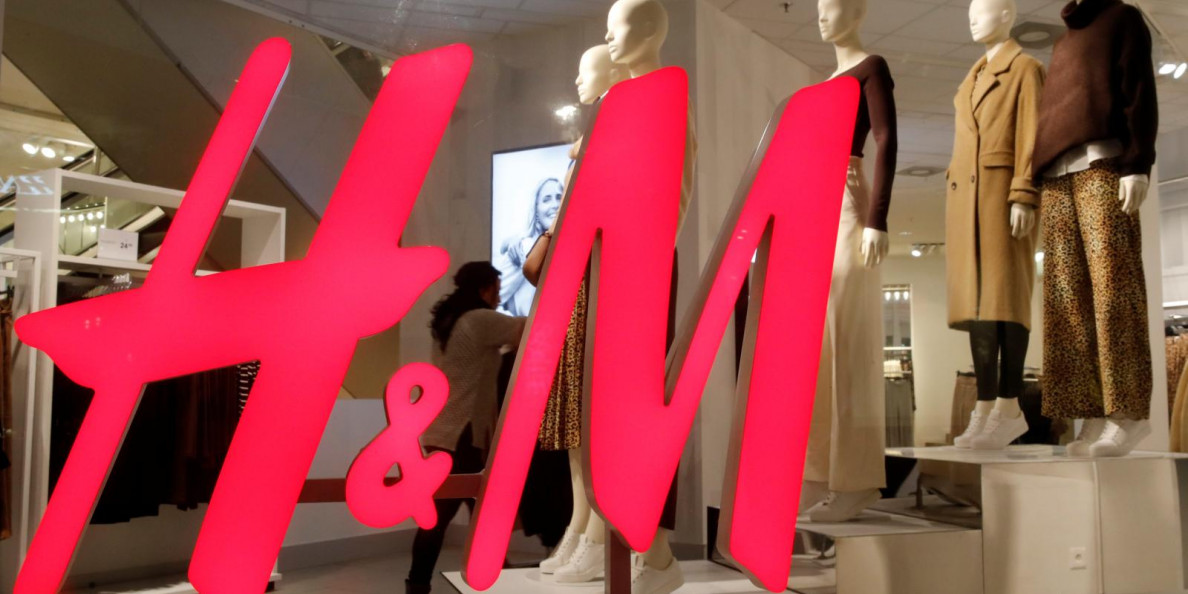At H&M’s newly refurbished store in Sergels Torg, Stockholm’s central square, shoppers will be able to rent H&M clothing for the first time, as the Swedish fast-fashion retailer jumps on a bandwagon that keeps getting more crowded.
Following the rise of clothing-rental businesses such as Rent the Runway, Gwynnie Bee, and Le Tote, a number of traditional retailers have launched their own rental programs. The list now includes Banana Republic, Urban Outfitters, American Eagle, Express, New York & Co., and Ann Taylor. H&M is the biggest yet to get on board, though it’s unclear whether rental could ever be more than a side hustle for it.
So far the program is just a trial. It’s only available at the Sergels Torg store, only to the company’s loyalty members, and only offers access to select skirts and dresses, such as bridal gowns and party dresses, which are among H&M’s more expensive items. Customers can get up to three items for one week, at a price of around 350 Swedish kronor (about $37) per item.
H&M has framed it as a sustainability effort. Shoppers are paying more attention (pdf) to fashion’s huge environmental costs, which fast-fashion companies like H&M contribute to through the huge volume of clothing they produce. Resale and rental companies have promoted themselves as sustainable alternatives to fast fashion, even if no in-depth studies of the environmental impact of clothing rental exist to offer a concrete conclusion. But by offering a rental option itself, H&M may keep some customers from looking elsewhere. Its rental clothing even comes from its “Conscious Exclusive” line, which it markets as more sustainable.
Rental, though still just a fraction of the total clothing trade, is also growing much faster than the overall clothing market, analytics firm GlobalData estimates, making it attractive to retailers such as H&M. The chain has struggled in recent years to keep sales and profits growing. Europe and the US are already saturated with stores and its operating margin, a measure of the profit it makes from each dollar of sales, is steadily declining.
H&M faces a potential structural problem shared by the entire fast-fashion industry too. In October, Morgan Stanley analysts sent a research note to clients arguing mature markets such as the US and Europe may have reached “peak clothing.” For years companies were able to make their clothes cheaper and cheaper, allowing shoppers to keep buying more. Now consumption rates appear to be plateauing. Morgan Stanley believes shoppers are already buying so much clothing they gain less enjoyment from each new purchase.
Rental could help address these issues—if H&M can make the model work. Attracting enough rental customers to make an impact at H&M, which did $22 billion in sales last year (pdf), would likely require getting shoppers to rent more than just party dresses for occasional events. And because of the logistics and dry cleaning, rental can be expensive to operate. “I’d be surprised if you can really make it work as a business model,” Simon Irwin, an analyst at Credit Suisse, told Bloomberg. “I can’t see that the kind of labor cost involved in a rental model at those price points really makes sense.”
H&M says it will use the program to test and learn, making changes as needed.
Πηγή: qz.com

